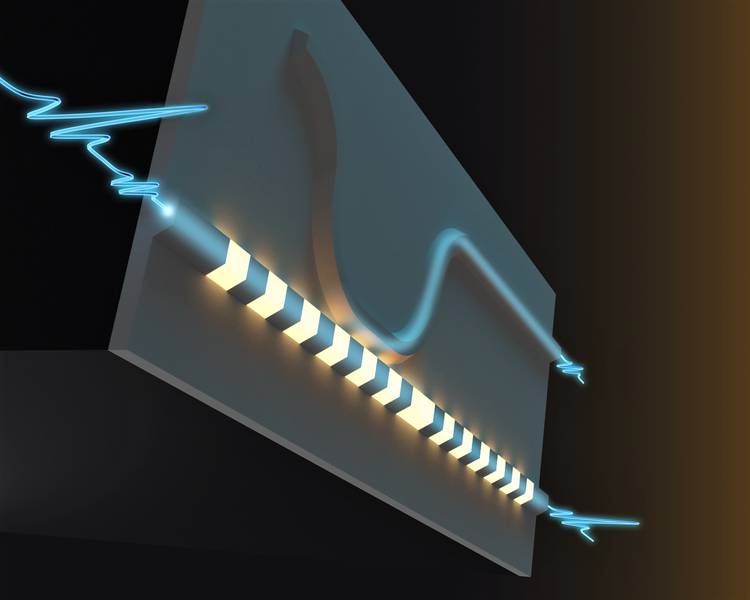Engineers at Caltech have developed a switch—one of the most fundamental components of computing—using optical, rather than electronic, components. The development could aid efforts to achieve ultrafast all-optical signal processing and computing.
Optical devices have the capacity to transmit signals far faster than electrical devices by using pulses of light rather than electrical signals. That is why modern devices often employ optics to send data; for example, think of the fiberoptic cables that provide much faster internet speeds than conventional Ethernet cables.
The field of optics has the potential to revolutionize computing by doing more, at faster speeds, and with less power. However, one of the major limitations of optics-based systems at present is that, at a certain point, they still need to have electronics-based transistors to efficiently process the data.
Now, using the power of optical nonlinearity (more on that later), a team led by Alireza Marandi, assistant professor of electrical engineering and applied physics at Caltech, has created an all-optical switch. Such a switch could eventually enable data processing using photons. The research was published in the journal Nature Photonics on July 28.
If our reporting has informed or inspired you, please consider making a donation. Every contribution, no matter the size, empowers us to continue delivering accurate, engaging, and trustworthy science and medical news. Independent journalism requires time, effort, and resources—your support ensures we can keep uncovering the stories that matter most to you.
Join us in making knowledge accessible and impactful. Thank you for standing with us!

